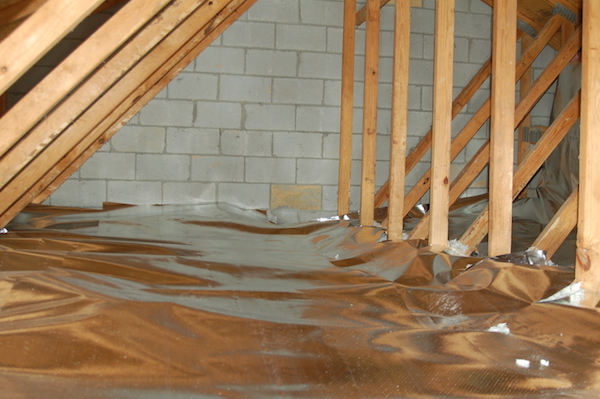
Most homes are sufficiently insulated against heat conduction and convection with traditional forms of insulation, but what about radiant heat gain and loss? The truth is a major portion of your home’s heat gain and loss is due to radiant heat transfer, and traditional insulation materials are not nearly as effective when it comes to radiant heat. Luckily, reflective insulation is the answer to this problem. Either on its own, or in concert with traditional insulation materials, this type of insulation, also known as a radiant barrier, will work wonders when it comes to increasing the energy efficiency of your home. Here are some of the more common questions homeowners ask about reflective insulation for their homes:
What is Reflective Insulation?
Although different manufacturers put their own spin, tweaks, and innovations into reflective insulating products, the governing principle is the same for each. Flexible backing made from cardboard, polyethylene bubbles, plastic film, or kraft paper is then covered with reflective aluminum sheeting. When applied to your attic, ceiling joists, masonry walls, or floor joists, this aluminum reflects the radiant heat in or out, and keeps your home warmer in summer and cooler in the winter.
Do Radiant Barriers Provide Sufficient Insulation on their Own?
The answer to this question depends on where you live. If you live in a warm climate, this type of insulation might be sufficient for your insulation needs. There are also varieties available, such as those backed with polyethylene bubbles that provide added R-value, if you’re looking for a little extra insulating power. On the whole, however, reflective insulation needs to be used along with other insulation, and if you live in a colder climate, there’s really no question you’re better off with both.
What are the Installation Guidelines for Floors, Ceilings, and Attics?
The most popular places to install this insulation are over your floor joists in your crawl space or basement, and in your attic. Radiant heat moves mostly top to bottom, escaping through your ceiling and floor in the winter and working its way down through your roof and attic in the hot summer months. A layer of reflective material covering your floor joists will help reflect that heat loss back up into your house in the winter, keeping your house (and especially your floors!) warmer. Several layers applied to your attic, both over the top of your regular insulation, as well as over the roof joists, will make a tremendous difference both in reflecting heat back into your house in winter, and in reflecting the radiant heat of the sun back out when the days grow longer.
Ready to start your reflective insulation?
Find ProsWhat’s the Best Way to Use this Insulation during Home Construction?
In warm climates, most reputable homebuilders will either assume you want radiant barriers for your ceiling and floors or will at least discuss the option with you. And you need to make sure it happens during the construction through your architect or project manager. You should also discuss applying reflective insulation to walls with your builder. Walls don’t experience quite as much radiant heat transfer as the ceiling and floor, but insulating them with reflective materials can still make a big difference when it comes to home energy efficiency. When it comes to walls, install reflective materials before the drywall goes up and as a covering over traditional insulation, or apply it directly over the concrete along with a furring strip if you’re insulating your basement.
Talk to a Professional
Reflective insulation needs to be installed correctly for it to provide you any benefits. If it’s not installed facing the right direction and properly sealed, you might as well not have it installed at all. Not to say that a home handyman can’t do it on their own, but at the very least you’ll want to talk to a supplier or installer that knows the ins and outs of this material. If you have any questions about your ability to install it correctly, you’re probably better off going with the pros.
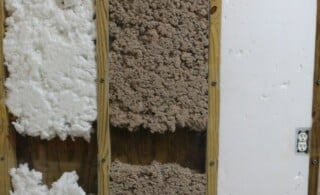 Fiberglass Insulation: A Simple Energy Saver
Fiberglass Insulation: A Simple Energy Saver 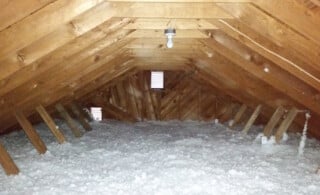 Roof Insulation Captures Escaping Energy
Roof Insulation Captures Escaping Energy  Making Your Home Energy Efficient
Making Your Home Energy Efficient 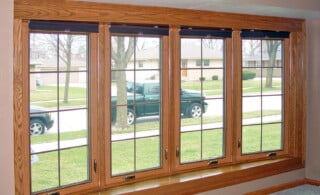 Low-e Windows – Are They Worth the Investment?
Low-e Windows – Are They Worth the Investment? 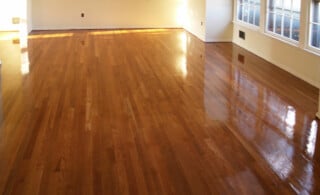 Insulating a Wood Floor
Insulating a Wood Floor 

Are You Familiar With This Topic? Share Your Experience.